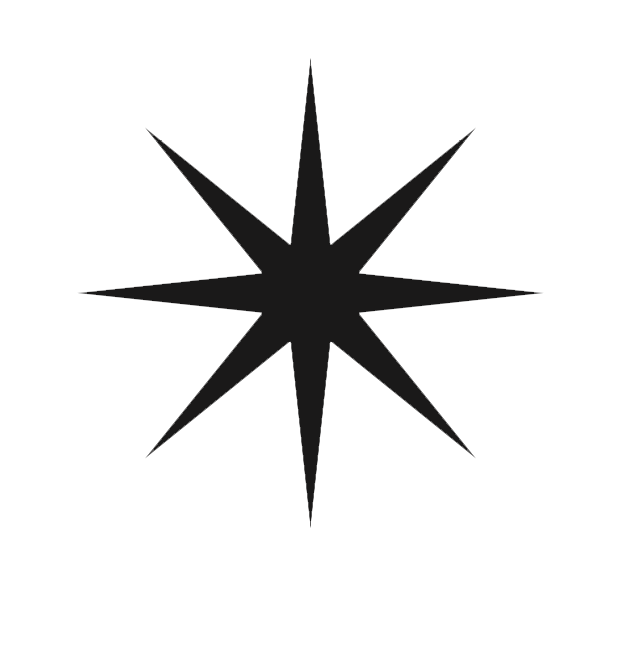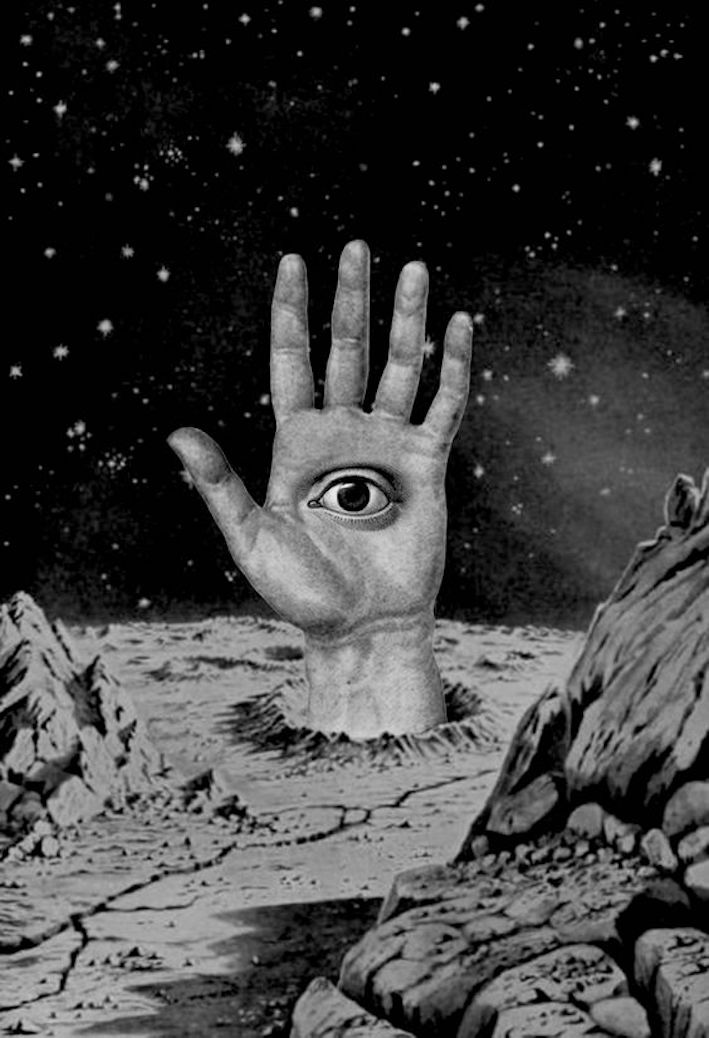
PALMISTRY
Palmistry. Palm reading.
Palmistry, the study of the palm, is mainly to observe the palm’s shape, color, and lines as well as the length of the fingers. The four aspects Palmistry indicates:
1. Innate conditions: family background and resources
2. Work andlife status: the relationship between parents and colleagues in work
3. Physical state: the conditionof one’s health
4. Fate: one’s fate and characteristics
One-of-a-kind Palms Map based on comes with an authenticity certificate. All the cunsultant’s infos and hands pictures need to be provided by email after your purchase.
The Palmistry can be translated in every languages. Should be an exclusive and vibrant gift.
∞ Please allow one week for email delivery. ∞
90 EURO
palmistry
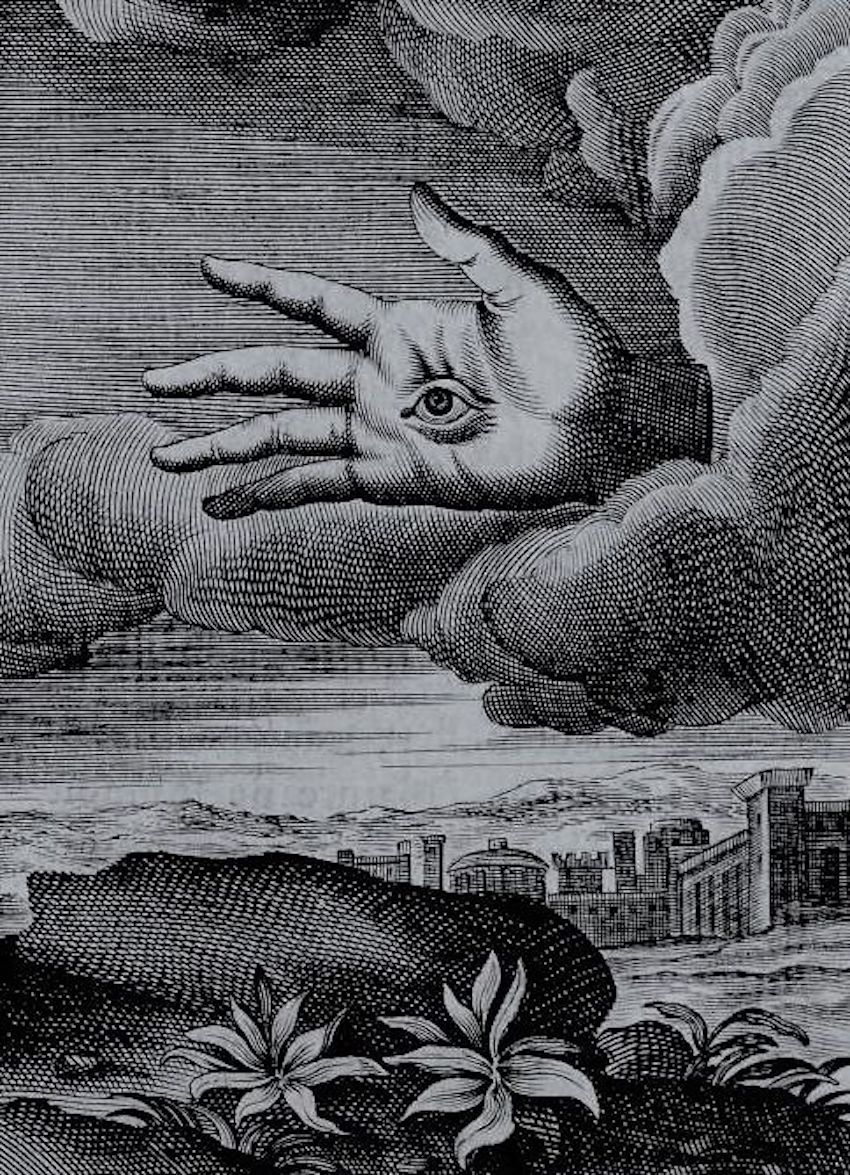
Palmistry, also known as palm reading, chiromancy, or chirology, is the practice of fortune-telling through the study of the palm. The practice is found all over the world, with numerous cultural variations. Those who practice chiromancy are generally called palmists, hand readers, hand analysts, or chirologists
Chiromancy consists of the practice of evaluating a person’s character or future life by “reading” the palm of that person’s hand. Various “lines” (“heart line”, “life line”, etc.) and “mounts” (or bumps) (chirognomy) purportedly suggest interpretations by their relative sizes, qualities, and intersections. In some traditions, readers also examine characteristics of the fingers, fingernails, fingerprints, and palmar skin patterns (dermatoglyphics), skin texture and color, shape of the palm, and flexibility of the hand.
A reader usually begins by reading the person’s dominant hand (the hand they write with or use the most, which is sometimes considered to represent the conscious mind, whereas the other hand is subconscious). In some traditions of palmistry, the other hand is believed to carry hereditary or family traits, or, depending on the palmist’s cosmological beliefs, to convey information about “past-life” or “karmic” conditions.
Hand shape is believed to indicate character traits corresponding to the type indicated (i.e., a “Fire hand” would exhibit high energy, creativity, short temper, ambition, etc. – all qualities believed to be related to the classical element of Fire).
Although variations abound, the most common classifications used by modern palmists:
- Earth hands are generally identified by broad, square palms and fingers, thick or coarse skin, and ruddy color. The length of the palm from wrist to the bottom of the fingers is usually equal to the length of the fingers.
- Air hands exhibit square or rectangular palms with long fingers and sometimes protruding knuckles, low-set thumbs, and often dry skin. The length of the palm from wrist to the bottom of the fingers is usually equal to the length of the fingers.
- Water hands are seeable by the long, sometimes oval-shaped palm, with long, flexible, conical fingers. The length of the palm from wrist to the bottom of the fingers is usually less than the width across the widest part of the palm, and usually equal to the length of the fingers.
- Fire hands are characterized by a square or rectangular palm, flushed or pink skin, and shorter fingers. The length of the palm from wrist to the bottom of the fingers is usually greater than the length of the fingers.
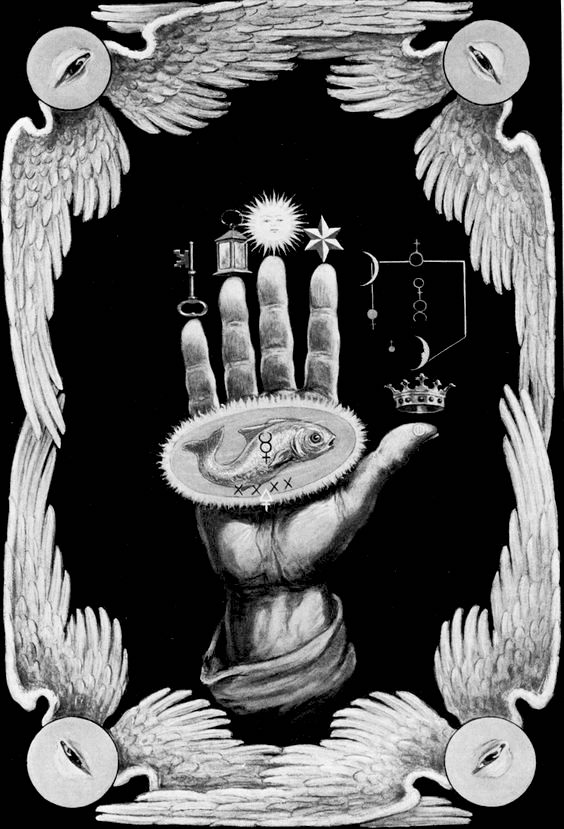
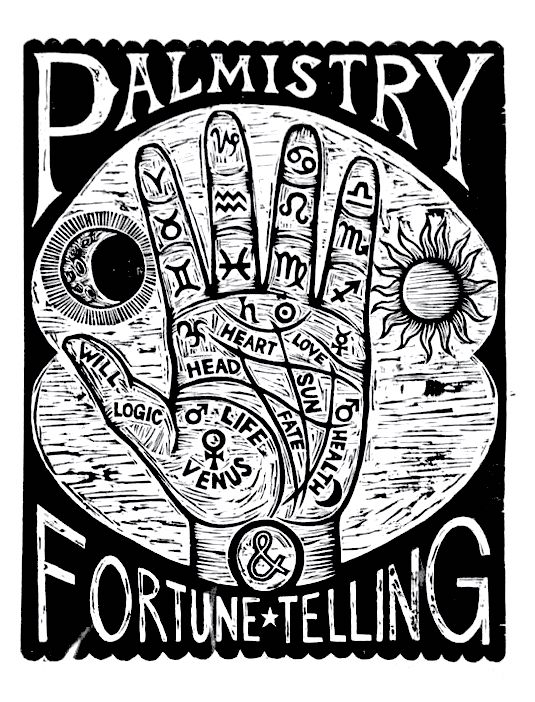
The three lines found on almost all hands, and generally given most weight by palmists:
- The heart line is the first of the major lines examined by a reader and represents love and attraction.[It is found towards the top of the palm, under the fingers. In some traditions, the line is read as starting from the edge of the palm under the little finger and flowing across the palm towards the thumb; in others, it is seen as starting under the fingers and flowing toward the outside edge of the palm. Palmists interpret this line to represent their subject’s emotional life; it is therefore believed to give an insight into how the emotional side of their mindframe will act out and be acted upon during their lifetime.
- The next line identified by palmists is the head line. This line starts at the edge of the palm under the index finger and flows across the palm towards the outside edge.
- The life line is perhaps the most controversial line on the hand.This line extends from the edge of the palm above the thumb and travels in an arc towards the wrist. This line is believed to represent the person’s vitality and vigor, physical health and general well-being.
